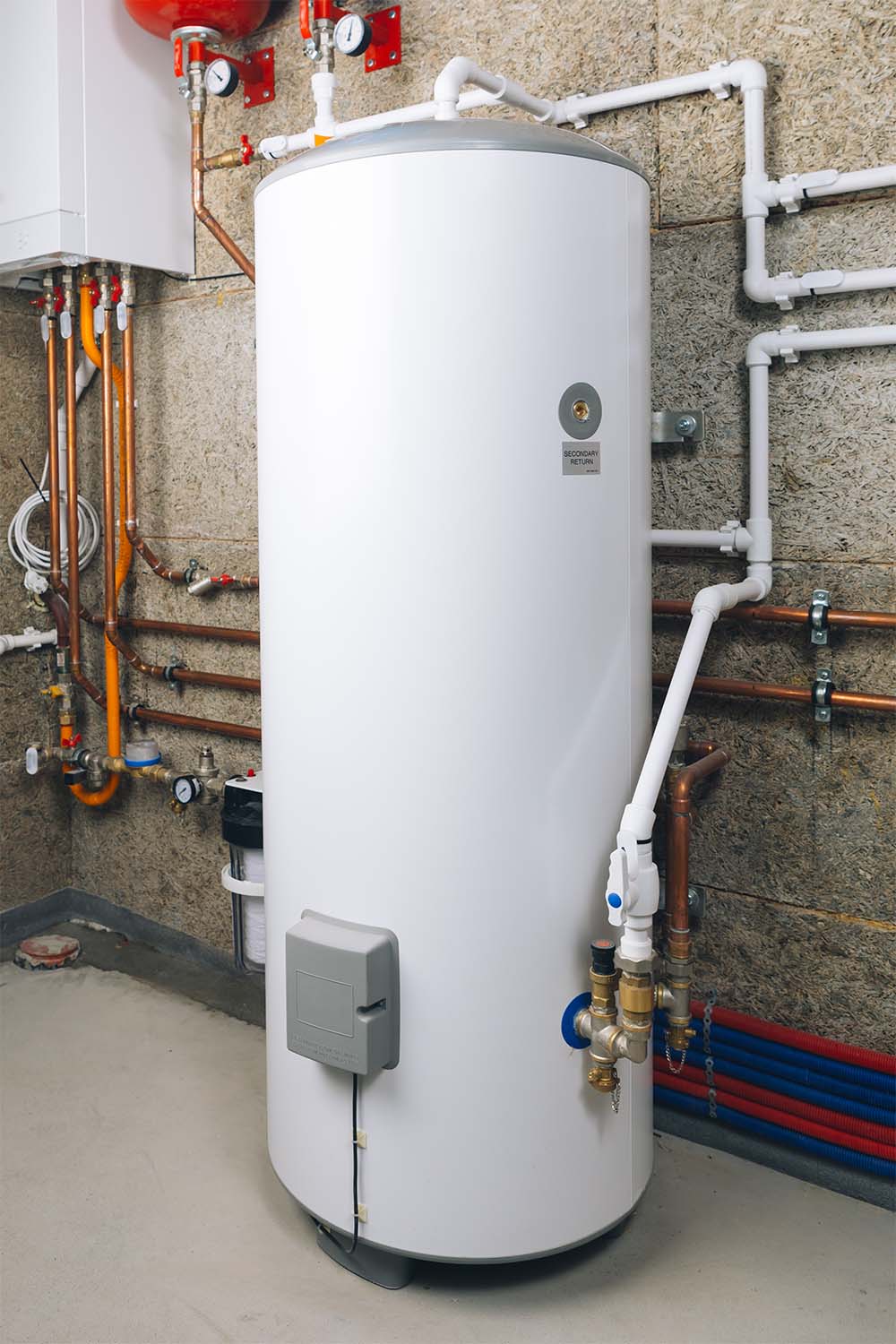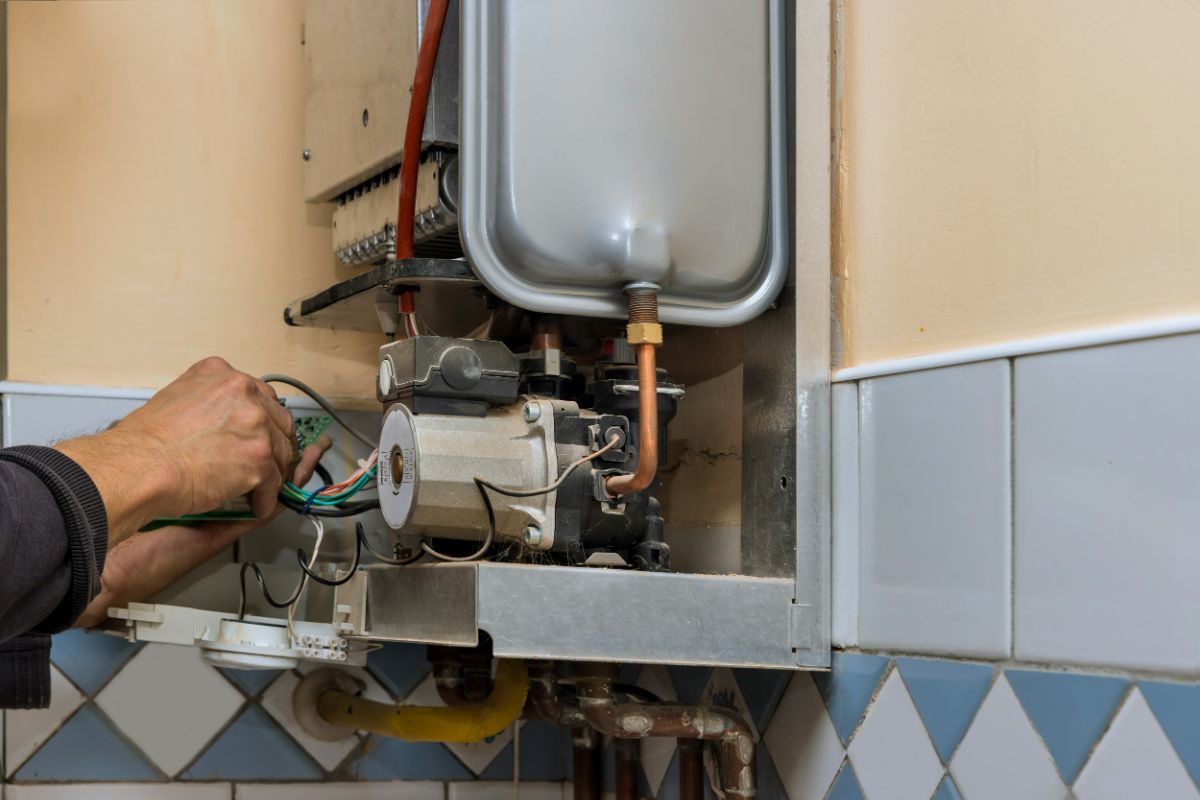Ensuring Longevity of Your Home's Hot Water System: Maintenance TipsEasy Guide to Maintaining Your Home's Hot Water System
Ensuring Longevity of Your Home's Hot Water System: Maintenance TipsEasy Guide to Maintaining Your Home's Hot Water System
Blog Article
The article author is making several good pointers on Tips on Maintaining a Water Heater as a whole in this great article down below.

Warm water is essential for daily convenience, whether it's for a revitalizing shower or washing meals. To guarantee your hot water system runs efficiently and lasts longer, regular upkeep is essential. This post offers functional tips and insights on just how to maintain your home's hot water system to stay clear of disturbances and costly repair services.
Intro
Maintaining your home's hot water system could appear challenging, but with a few straightforward steps, you can ensure it operates efficiently for several years to come. This guide covers whatever from recognizing your warm water system to DIY upkeep tips and understanding when to call expert assistance.
Value of Keeping Your Warm Water System
Regular maintenance not only prolongs the life expectancy of your warm water system but also ensures it runs effectively. Disregarding upkeep can lead to decreased efficiency, higher energy expenses, and even early failing of the system.
Indications Your Warm Water System Demands Upkeep
Recognizing when your warm water system requires focus can prevent major issues. Look out for signs such as inconsistent water temperature, strange noises from the heater, or rusty water.
Understanding Your Hot Water System
Before diving right into upkeep jobs, it's handy to comprehend the fundamental elements of your hot water system. Usually, this includes the water heater itself, pipes, anode rods, and temperature level controls.
Month-to-month Upkeep Tasks
Normal regular monthly checks can assist capture small concerns prior to they rise.
Purging the Hot Water Heater
Flushing your water heater removes sediment buildup, boosting effectiveness and extending its life.
Checking and Replacing Anode Rods
Anode poles stop corrosion inside the container. Examining and replacing them when worn is essential.
Examining and Adjusting Temperature Setups
Readjusting the temperature level setups makes certain optimum efficiency and security.
DIY Tips for Maintenance
You can perform numerous upkeep jobs on your own to keep your warm water system in leading problem.
Checking for Leaks
Routinely examine pipes and connections for leakages, as these can bring about water damages and higher bills.
Testing Stress Alleviation Valves
Checking the pressure relief valve guarantees it works correctly and protects against extreme pressure build-up.
Insulating Pipelines
Protecting hot water pipelines decreases warmth loss and can save energy.
When to Call an Expert
While DIY upkeep is useful, some concerns require specialist competence.
Complex Problems Requiring Specialist Help
Instances include significant leaks, electric problems, or if your hot water heater is consistently underperforming.
Routine Specialist Upkeep Advantages
Specialist maintenance can consist of comprehensive examinations, tune-ups, and guaranteeing conformity with safety requirements.
Conclusion
Routine upkeep of your home's warm water system is important for performance, durability, and cost financial savings. By following these pointers and understanding when to look for professional aid, you can guarantee a trusted supply of warm water without unexpected interruptions.
How to Maintain an Instant Hot Water Heater
Before tinkering with your hot water heater, make sure that it’s not powered on. You also have to turn off the main circuit breaker and shut off the main gas line to prevent accidents. Also turn off the water valves connected to your unit to prevent water from flowing into and out of the appliance. 2. When you’re done, you have to detach the purge valves’ caps. These look like the letter “T” and are situated on either side of the water valves. Doing so will release any pressure that has accumulated inside the valves while at the same time avoid hot water from shooting out and burning your skin. 3. When the purge valves’ caps are removed, you have to connect your hosing lines to the valves. Your unit should have come with three hoses but if it didn’t, you can purchase these things from any hardware or home repair shops. You can also get them from retail stores that sell water heating systems. Read the user’s manual and follow it to complete this task properly. When the hosing lines are connected, open the purge port’s valves. 4. You should never use harsh chemical cleaners or solutions when cleaning your unit. Make use of white vinegar instead. It should be undiluted and you’ll probably use about 2 gallons. 5. Now flush your water heater. This task should probably take about 40 minutes. We can’t give you specific directions for this because the procedure is carried out depending on the type, model and brand of your heater. With that being said, refer to the user’s manual. 6. When you’re done draining the unit, you have to turn off the purge port valves again. Remove the hosing lines that you earlier installed on each of the water valves. Put the valve caps (purge port) back in their respective places and be very careful so as not to damage the rubber discs that are found inside these caps. 7. Now that everything’s back in place, check your user’s manual again to find out how to reactivate your water heating system. 8. Once it is working, turn one of your hot water faucets on just to let air pass through the heater’s water supply pipes. Leave the tap on until water flows smoothly out of it. https://www.orrplumbing.com/blog/2014/september/how-to-maintain-an-instant-hot-water-heater/

I came across that post about How to Maintain Your Water Heater & Prolong its Life when doing a search on the web. Are you aware of somebody else who is excited about the niche? Be sure promote it. I praise you for being here. Please come visit our site back soon.
Further Details Report this page